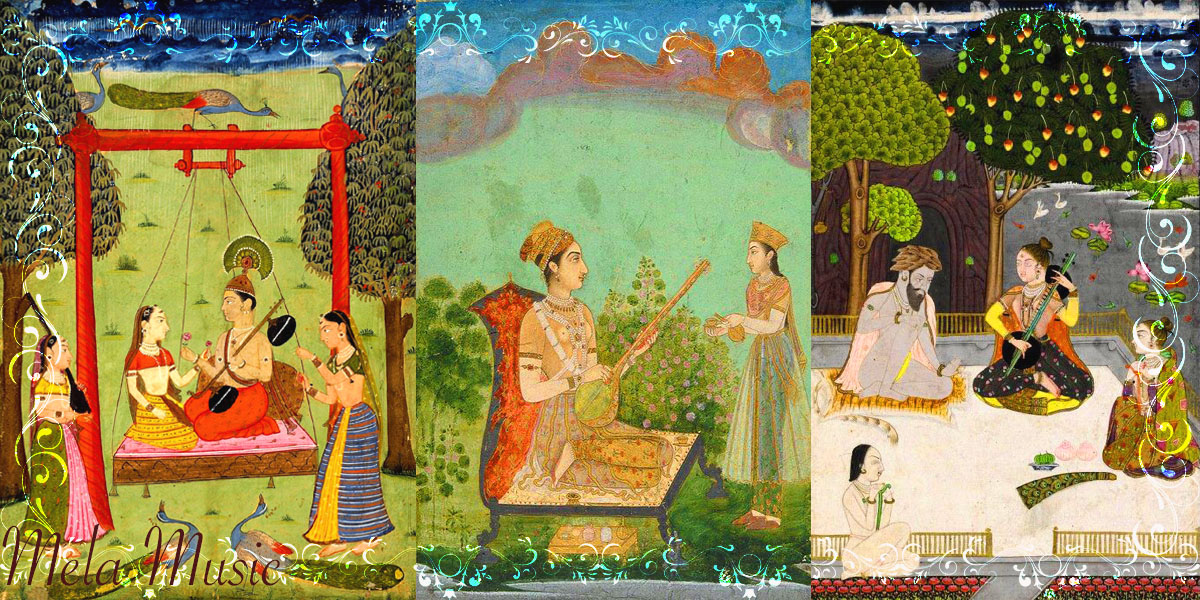
Raga Malkauns, also known as Malkosh or Hindolam in Carnatic music, is a powerful and popular raga in both the Hindustani and Carnatic classical music traditions. It is considered a raga of deep introspection and is known for its gravity, intensity, and mystical quality.
In Hindustani classical music, Raga Malkauns is associated with the Bhairavi thaat. It is traditionally performed during the late-night hours, around midnight. Raga Malkauns is characterized by its slow and deliberate tempo. It is often portrayed as a meditative and serious raga, evoking a sense of contemplation and introspection. The emphasis is on sustained notes and subtle variations within the limited melodic framework.
Musicians explore the melodic possibilities of Raga Malkauns through improvisation and elaboration, creating intricate patterns and embellishments. They employ meend (glides), gamakas (ornamental oscillations), and taans (fast melodic passages) to express the raga’s essence. Raga Malkauns has inspired numerous compositions in Hindustani classical music, including khayal, dhrupad, and tarana. Compositions in this raga often touch upon themes of longing, spirituality, and the divine. The compositions are rendered with depth and intensity, making the raga a favorite for musicians and listeners alike.
In the Carnatic classical music tradition, Raga Malkauns is known as Malkosh or Hindolam. It follows a slightly different melodic structure compared to its Hindustani counterpart, but it retains the raga’s fundamental mood and essence.
Outside of classical music, Raga Malkauns has also found its way into various forms of light classical music, including semi-classical, devotional, and film music. Its deep and evocative nature has made it a favorite for musicians exploring different genres.
Raga Malkauns holds a significant place in the classical music repertoire, revered for its profound and introspective qualities. Its haunting melodies continue to captivate audiences, leaving a lasting impression with its evocative and mystical aura.
